A History Of Migration In Thurrock
The first people in Thurrock
If you look back far enough, everyone in Thurrock is a migrant. The first settlers came out of Africa and started living in Thurrock in the Stone Age. There are 400,000 years of provable human habitation thanks to the stone tools they left behind.
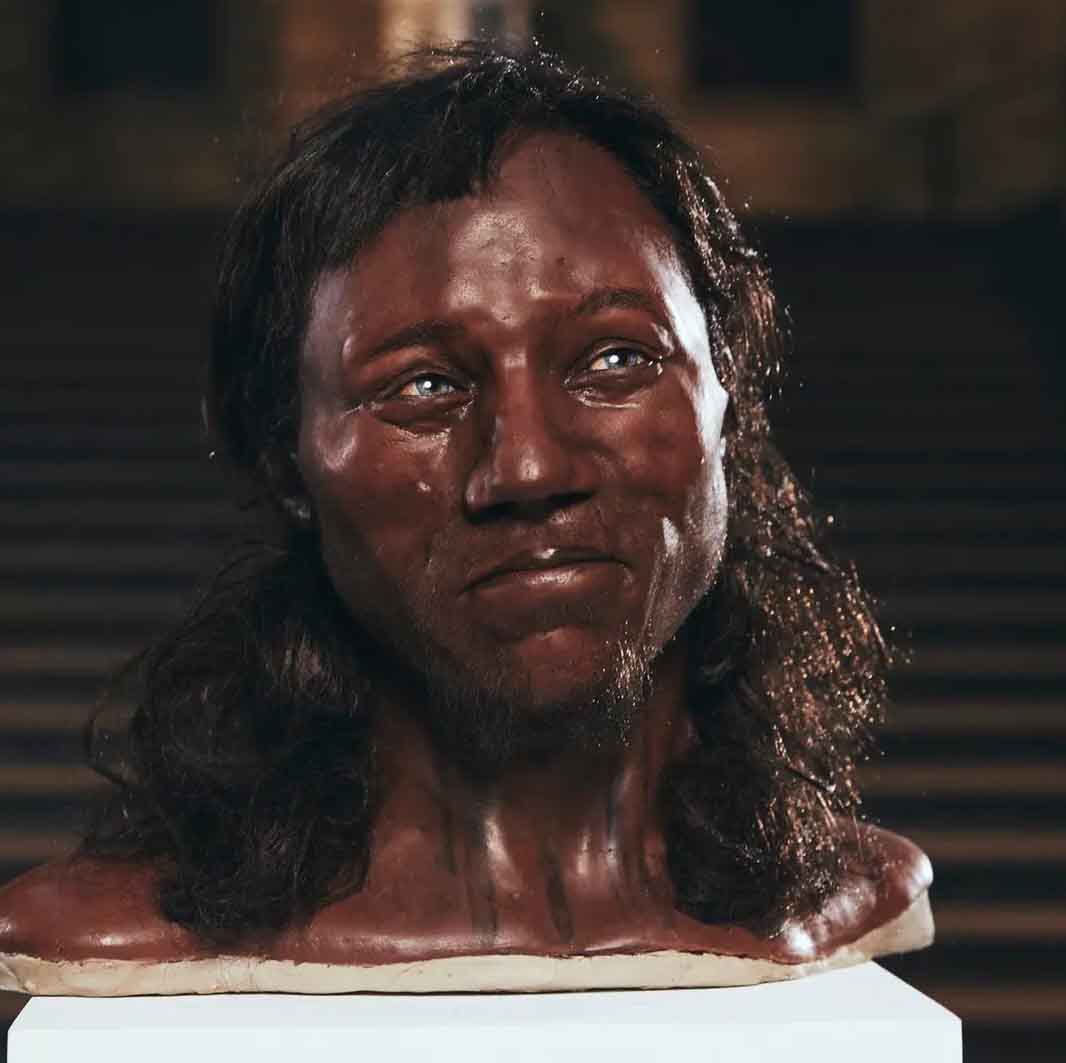
The model of Cheddar Man rendered by Kennis & Kennis Reconstructions features in the Channel 4 television documentary The First Brit: Secrets of the 10,000 Year Old Man © Tom Barnes/Channel 4
Stone Age bones have been re-examined using DNA testing. Early research suggests the first settlers had dark skin - genetic markers in their skin pigmentation are similar to those from sub-Saharan Africa.
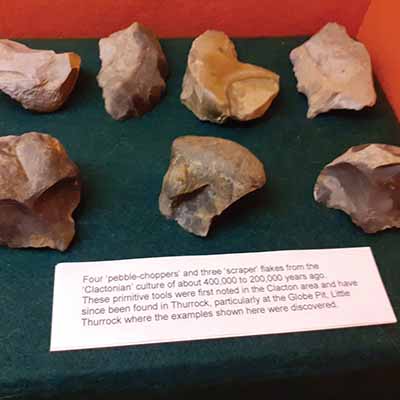
Stone Age tools on display at Thurrock Museum
Invaders! Raiders! ... And peaceful settlers
The Roman empire came to be vast, joining Europe, North Africa and the Middle East. Soldiers were recruited from these lands and invaded via Essex in AD 43. Soon after diverse merchants, traders and their families were drawn to Thurrock, thanks to its natural assets and waterways. Evidence of trade and multicultural settlers in Thurrock continues for the next 2000 years.
The Anglo-Saxons migrated to England in the 5th and 6th centuries from Northern Europe, naming us ‘Turroc’, meaning ‘the bottom of the boat’ and the root of our word ‘Thurrock’.
The Grey (or ‘de Grai’) family originated in Normandy, France and fought alongside William the Conqueror in 1066. Sir Henry de Grey (1155–1219) was born locally and granted the Manor of Thurrock in 1195. The area came to be named after him, Grays.

Arms of Grey
The medieval world was fluid, cosmopolitan, mobile and outward looking. Every major city would have been full of individuals of different skin colours, ages, backgrounds, religions and heritage.
Janina Ramirez Femina 2022 WH Allen
Archeological evidence, like the lamp pictured, has long suggested this was also true for Thurrock.
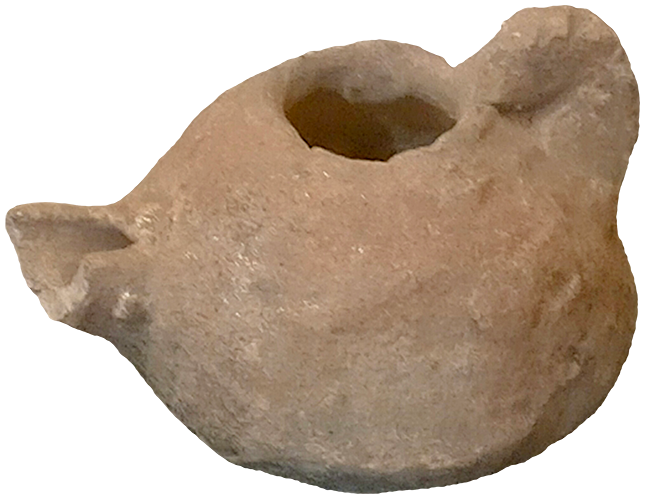
700 year old lamp: made in Western Asia and found in Grays.
On display at Thurrock Museum
A life at sea during the transatlantic slave trade
John Newton (1725-1807) spent part of his childhood in Aveley. He worked aboard slave ships during the transatlantic slave trade, but later joined the Slave-Trade Abolitionist movement. He became a priest and was well known for his sermons that attracted large audiences. Newton encouraged a disillusioned William Wilberforce MP to stay in Parliament.
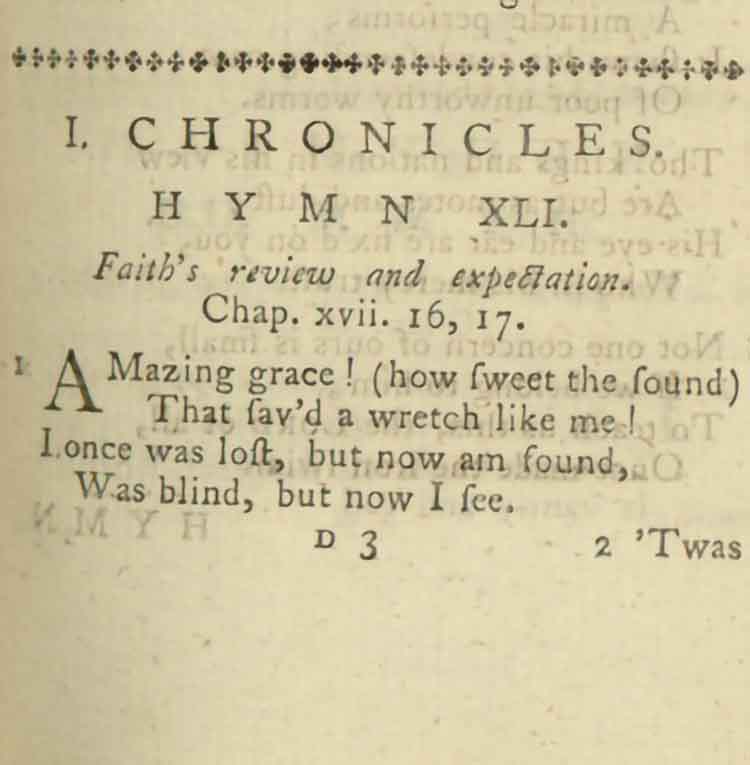
Reverend John Newton’s hymn Amazing Grace published in 1779.
Newton lived just long enough to see Wilberforce’s Abolition of Slavery Act become Law in February 1807.
Susan Yates Independent Histories of Thurrock 2019 Thurrock Local History Society
Newton is one of many Thurrock seafarers who gained new perspectives when travelling the World.
Opportunities in Thurrock for entrepreneurs
In 1871 Van Den Berghs and Jurgens were butter wholesalers in Osch, Holland, who started making margarine (invented in France in 1869) and found enthusiasm in Britain for their new product. From 1917 Jurgen’s had a factory in Purfleet. They joined and merged with other businesses, eventually becoming international company ‘Unilever’ in September 1929, described by The Economist as “one of the biggest industrial amalgamations in European history” – although the combined companies had connections around the World, including America, India and Africa. Few personal stories remain, but it is likely that their workforce was equally diverse.
Find out more at Purfleet Heritage Centre.
The Jurgen’s factory in Purfleet
Unknown Warriors
Kate Evelyn Luard (1872-1962) was born and grew up in Aveley. She became a nurse and served for two years in South Africa in the Boer War. Kate was in front line services for all four years of the First World War. She regularly wrote to her family and later published these letters to remember the bravery and suffering of soldiers and civilians she treated during the First World War. Her experiences abroad were dangerous and difficult, bringing her into contact with a diverse range of wounded people – she always tried to learn a little of their language to comfort them.
Read more on thurrock-history.org.uk. Or find her reprinted book by searching ‘Unknown Warriors: The Letters of Kate Luard’ in your local library.
She also wrote: The Diary of a Nursing Sister on the Western Front (1914-15).
An international community in East Tilbury
Czechoslovakian Tomáš Baťa established The British Bata Shoe Company in East Tilbury in 1932. In addition to the factory which opened in 1933, a town was planned based on his ideals of community living. There were distinctive houses and a range of facilities like a ballroom, farm, cinema, supermarket, swimming pool, sports field with grandstand, restaurant and worker canteens and tennis courts – all built and maintained by the Company. An international community grew up on the Bata Estate. Management was recruited from Czechoslovakia and there were recruitment drives seeking talent from around the World.
Discover Bata memories or visit the Bata Heritage Centre.
This photograph has been reproduced by kind permission of the Bata Heritage Centre
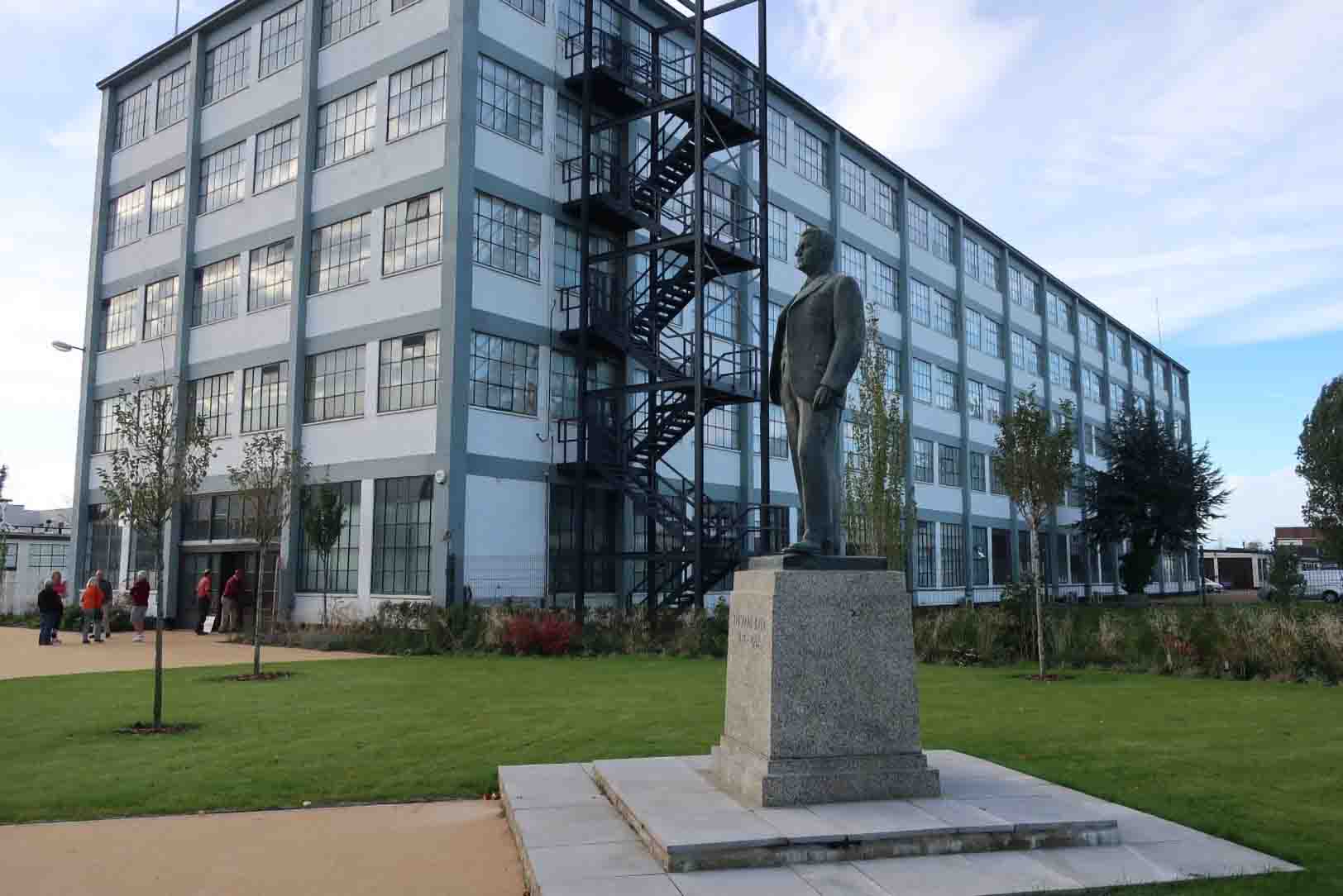
Second World War: Adversity and Bravery
During the Second World War, Thurrock was subjected to over 30,000 bombing raids. Those in the Armed Forces are often commemorated on our War Memorials, but 101 ordinary people were also tragically killed by enemy bombs. The first civilian casualty in Thurrock was Naimoddin Maizuddin, a name like many others that hints at varied heritages and backgrounds of people living and working in Thurrock. Naimoddin was originally from Bengal and is described as a ‘seaman’. He died in Tilbury hospital on 16th August 1940 and was buried in Chadwell St. Mary cemetery.
Tilbury: A First Impression of Britain
In 1946 (a year after WW2 had ended) the Government estimated that it needed an extra 1.3 million workers to rebuild and modernise bombed-out Britain and actively encouraged migration to the UK, which included:
90,000 European Volunteer Workers had lost their homes during the War. They came from Ukraine, Latvia, Estonia, Poland and other European Countries.
125,000 came from the Caribbean. They became known as the Windrush Generation.
350,000 Irish people arrived and settled permanently in Britain.
Many migrants arriving in Britain docked at Tilbury, including the Empire Windrush on 22nd June 1948. The passengers assisted in the post-war reconstruction of Britain, including working for the newly founded NHS. The arrival of the Windrush has been credited as the starting point of multicultural Britain. However it is worth remembering that there have been many journeys, before and after the Windrush, that have created our multicultural society which has enriched the British economy and cultural life – influencing music, fashion and food.
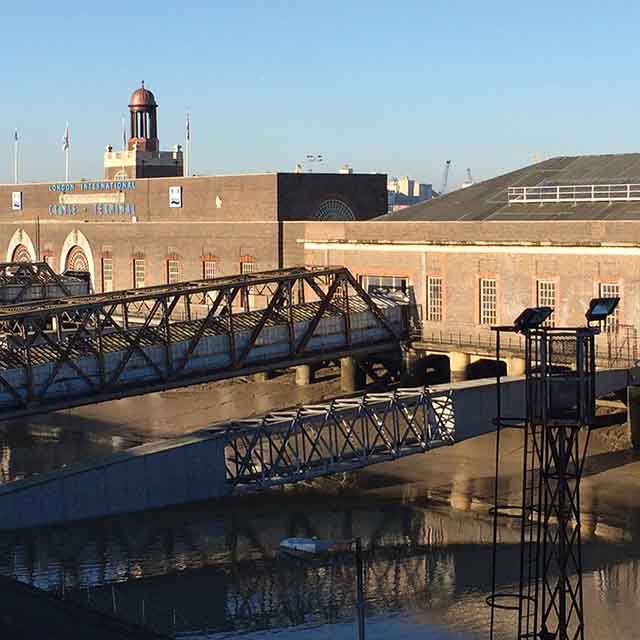
Port of Tilbury
A Community Asset for Grays
The first Sikh Gurdwara (temple) was established in 1911 in Putney London. British Sikhs have a long history, but many have their origins in immigration from India in the 1950s and 1960s, or East Africa in the 1970s. Grays Gurdwara was established in 1974, gaining charitable status in 2008. In addition to the advancement and practice of the Sikh religion they have enhanced the community with educational visits for Thurrock Schools and Punjabi lessons. They have supported vulnerable people, including refugees and those that lost livelihoods during the Covid-19 lockdowns.
History in the making
Both migration and emigration continue. There are former Thurrock residents now living in locations covering the globe, but staying connected thanks to social media and internet forums. The most recent settlers are coming from Eastern Europe and West Africa. The ‘Homes for Ukraine’ scheme supporting Ukrainian nationals to escape the bombing and conflict in their own country has had a high profile in the news recently. Their journey is now part of the history of Thurrock and their potential and what they may achieve here is history in the making.